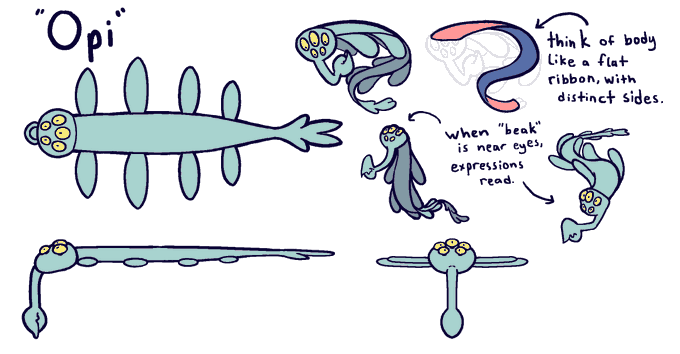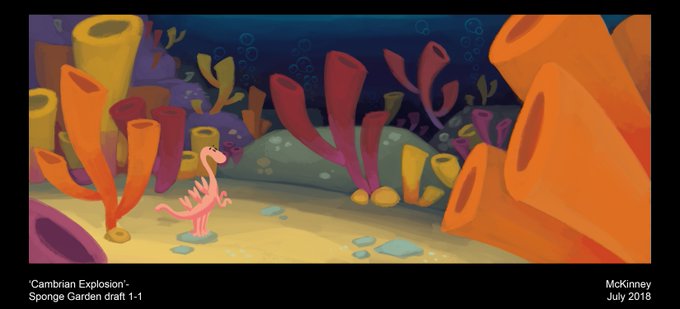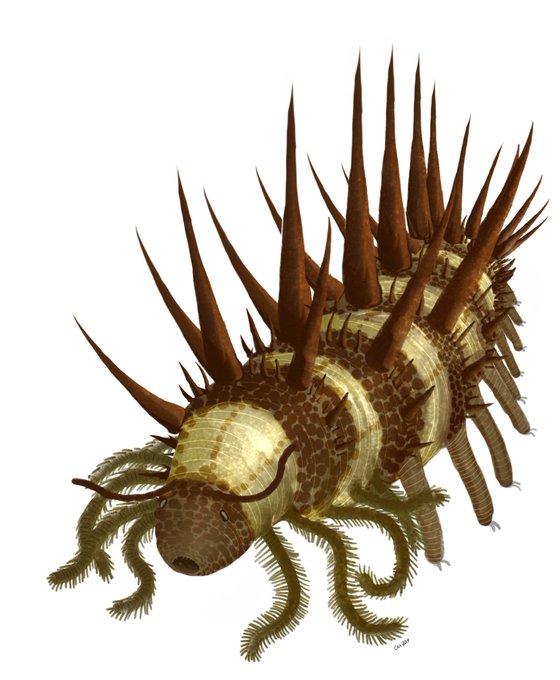opabiniaのTwitterイラスト検索結果。 59 件中 3ページ目
AHAHAH FUCK.
permanent head residents:
-Hermes Greek (the robot AND the human theyre like technically different but whatever)
-Hermes Greek (the furry) (@toadwish) (feat. tobi)
-Her
-Apollo but Greek -____-
(teehee i did all the art except opabinia)
i tag @toadwish and @eggboy666 https://t.co/FHUmxOknOZ
Opabinia regalis along with two rather dubious species of opabinia as a small tribute for my friend @Prehistorica_CM
#paleoart
Next is an Opabinia named Opabin. She's a ... maid of sorts? She keeps calling me "goshujinsama", so that's probably it.
Also, there is a minigame involving her.
I need art of Opabinia just doing human activities with its proboscis. Imagine this guy tipping his hat at you, drinking some tea, the possiblities...
Last night we had our release #paleostream! Winner of the contest is @Prehistorica_CM with this wonderful early morning scene! After that we produced 2 more pictures, D. teutonis and Opabinia
Opabinia time for middle Cambrian fans!
Found these little #BurgessShale creatures at the Oxford University Museum of Natural History @morethanadodo - Wiwaxia (a bit squished after the transatlantic flight), Trilobite, Opabinia, and Marrella #FossilFriday
@darianjonesart a whole bunch, but mainly Hallucigenia, Opabinia, Sanctacaris and Anomalocaris! here's some production art as well for a fellow paleo enthusiast
#Opabinia is often depicted as cute. Because it is. It’s really cute. But even then, I still tried to make it scary this time. Opabinia regalis was one of two species of Opabinia that made the Burgess Shale its home. A great and famous Lobopod.
#Paleoart #Palaeontology #SciArt
@LaurieLuckritz @afriendlywhit @kunhm They’re the ancestors of bugs. Modern Lobopods include tardigrades and velvet worms, but their extinct forms include Hallucigenia, Anomalocaris, Opabinia, et cetera. The first image of these four is my reconstruction of Acinocrinus
Opabinia chan for the paleontology coproliteposting group on facebook
More animal mashups! This time with some extinct animals (opabinia and paraceratherium) plus some other random bits.
#ArthropodWeek #FossilFriday 505 million yr old Middle Cambrian Anomalocaridids include Opabinia regalis.
























































